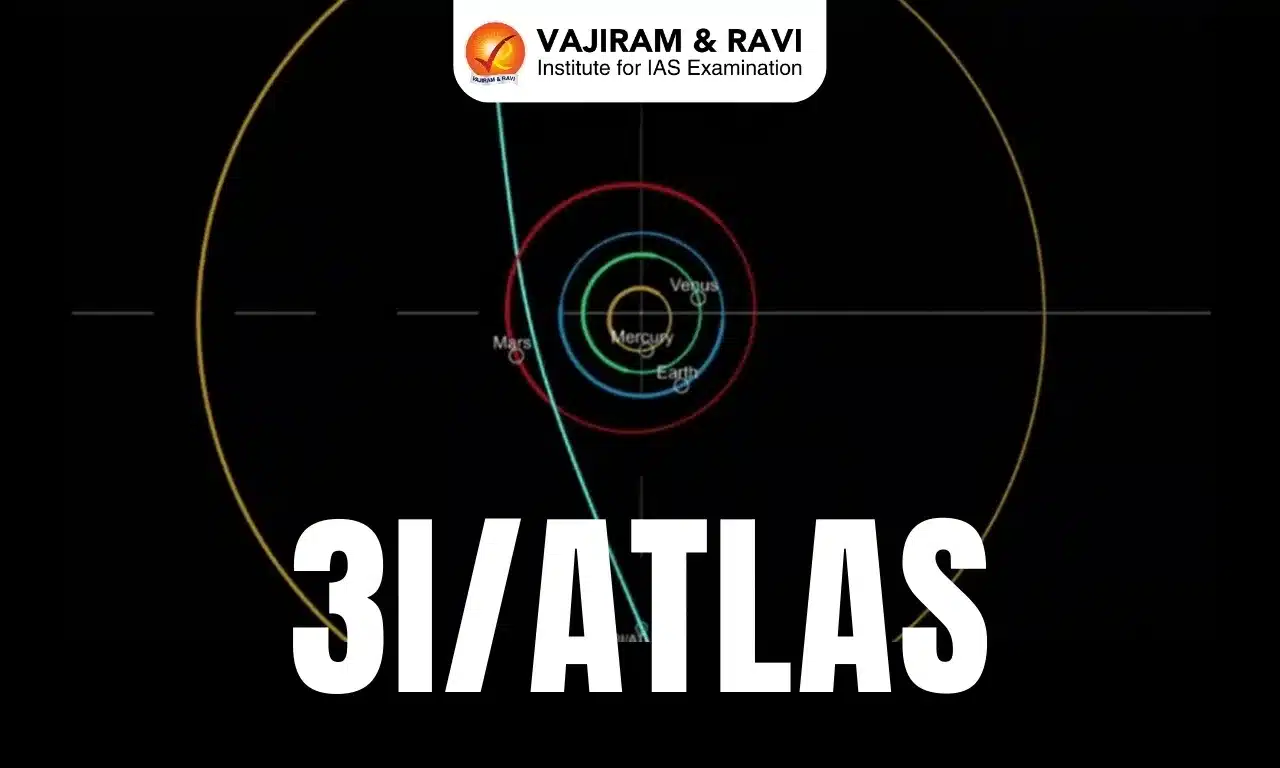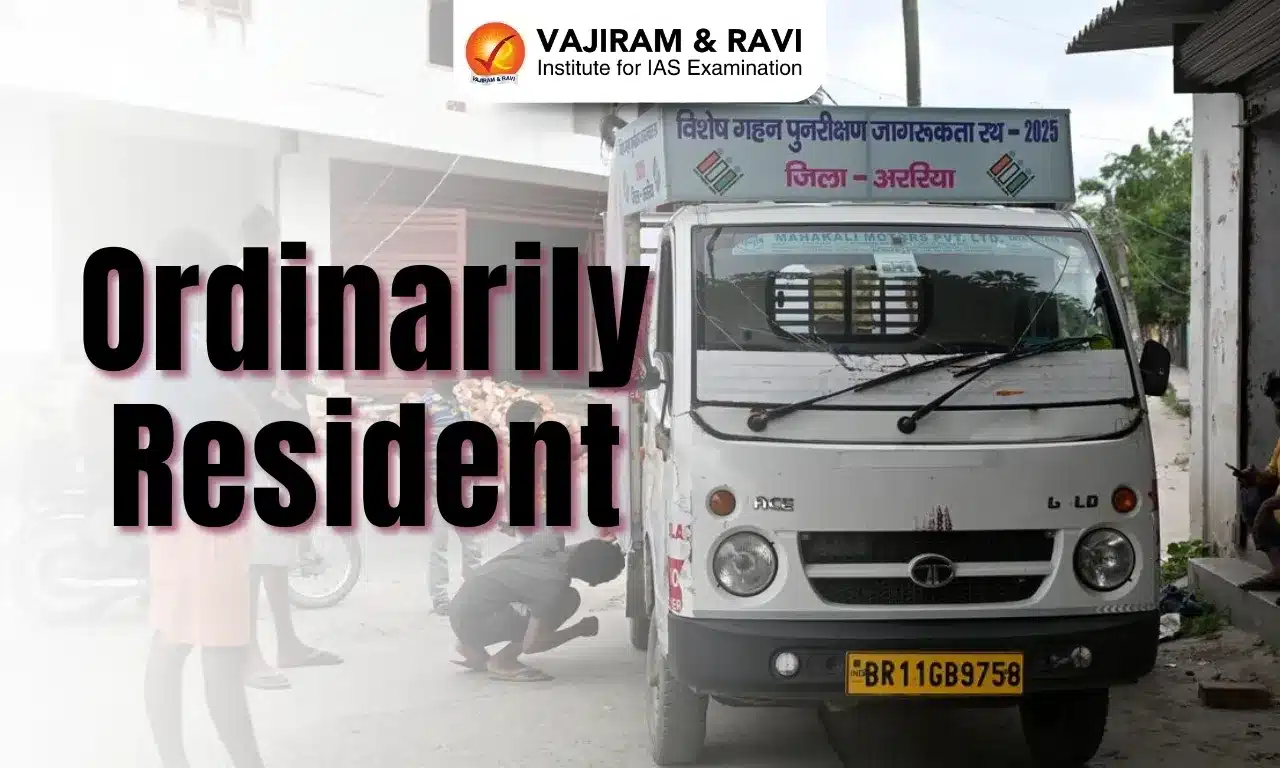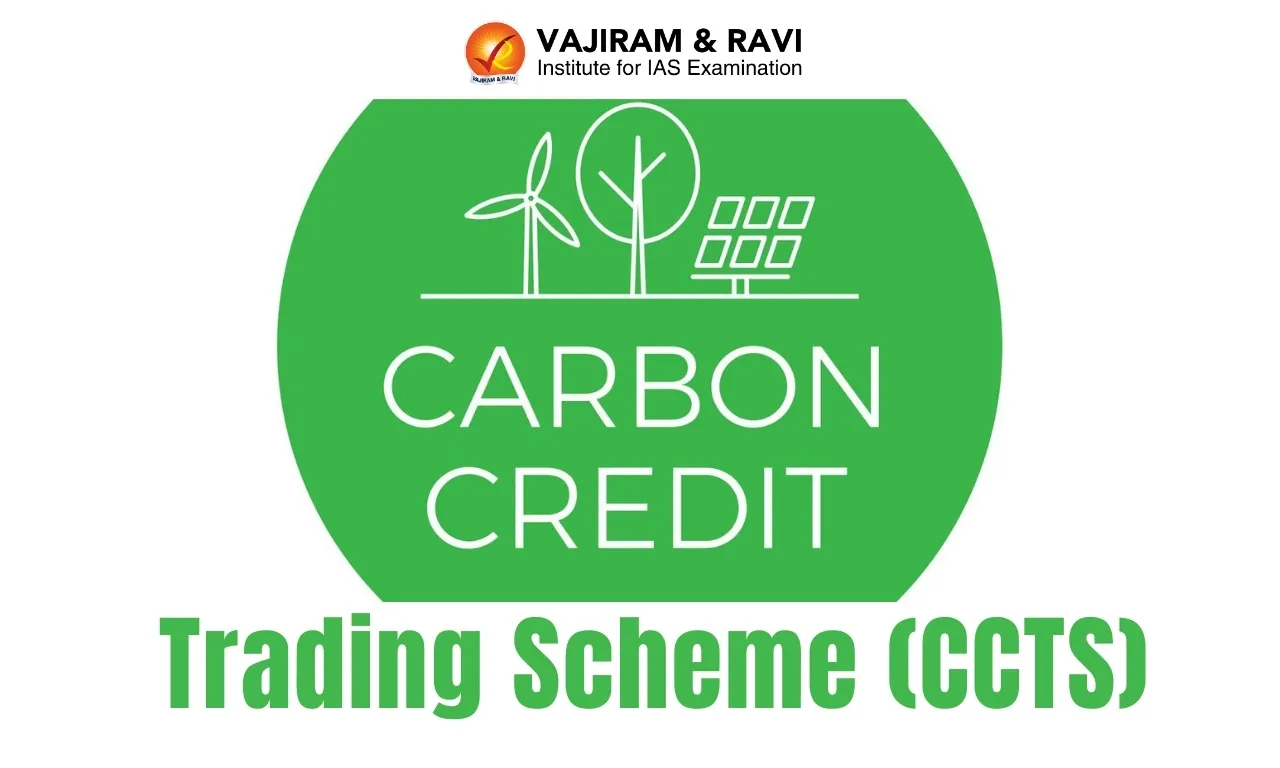About Cyclones:
- Cyclones are centres of low pressure surrounded by closed isobars and having increasing pressure outwards.
- As air enters an area of low pressure from all directions, the Coriolis Effect bends the direction of the wind to the right of its path.
- This creates a counter clockwise rotation around the low and convergence near the centre of the system. As the air collides near the centre it is forced aloft where divergence takes air away from the centre of the system.
- A Cyclone is a system of low level convergence and high level divergence with a rising column of air in the centre of the rotating air mass. If the upper air is not diverging then there cannot be a cyclone present.
Cyclones are broadly of two types:
- Temperate cyclones (caused in middle and high latitudes, thus does not occur in India)
- Tropical cyclones
Tropical Cyclones
- Cyclones developed in the regions between the Tropic of Cancer and Tropic of Capricorn, are called tropical cyclones.
- The weather conditions of low latitudes, mainly rainfall regimes are largely controlled by tropical cyclones.
- Tropical cyclones usually develop in summer season in the vicinity of Inter-Tropical Convergence Zone (ITCZ) over warm ocean surface.
- Tropical cyclones are one of the mechanisms by which surface heat energy is redistributed from the equator to the poles.
- Tropical cyclones are known by various names in different parts of the world.
- In the North Atlantic Ocean and the eastern North Pacific they are called hurricanes, and in the western North Pacific around the Philippines, Japan, and China the storms are referred to as typhoons.
- In the western South Pacific and Indian Ocean they are variously referred to as severe tropical cyclones, tropical cyclones, or simply cyclones.
- All these different names refer to the same type of storm.
Conditions necessary for development:
- Tropical cyclone is like a heat engine which is energized by latent heat of condensation. Generally, tropical cyclones are formed due to low pressure of thermal origin.
- The conditions favourable for the formation and intensification of tropical cyclone storms are:
- Large sea surface with temperature higher than 27° C
- Presence of the Coriolis force
- Small differences in the vertical wind speed
- A pre-existing weak- low-pressure area or low-level-cyclonic circulation
- Upper divergence above the sea level system.
- Having these conditions met is necessary, but not sufficient as many disturbances that appear to have favorable conditions do not develop.
Q1) What is the Coriolis effect?
The Earth rotates on its axis, circulating air is deflected toward the right in the Northern Hemisphere and toward the left in the Southern Hemisphere. This deflection is called the Coriolis effect
Source: IMD: Cyclonic circulation likely to develop over Southeast Bay of Bengal by May 6th
Last updated on July, 2025
→ UPSC Notification 2025 was released on 22nd January 2025.
→ UPSC Prelims Result 2025 is out now for the CSE held on 25 May 2025.
→ UPSC Prelims Question Paper 2025 and Unofficial Prelims Answer Key 2025 are available now.
→ UPSC Calendar 2026 is released on 15th May, 2025.
→ The UPSC Vacancy 2025 were released 1129, out of which 979 were for UPSC CSE and remaining 150 are for UPSC IFoS.
→ UPSC Mains 2025 will be conducted on 22nd August 2025.
→ UPSC Prelims 2026 will be conducted on 24th May, 2026 & UPSC Mains 2026 will be conducted on 21st August 2026.
→ The UPSC Selection Process is of 3 stages-Prelims, Mains and Interview.
→ UPSC Result 2024 is released with latest UPSC Marksheet 2024. Check Now!
→ UPSC Toppers List 2024 is released now. Shakti Dubey is UPSC AIR 1 2024 Topper.
→ Also check Best IAS Coaching in Delhi












